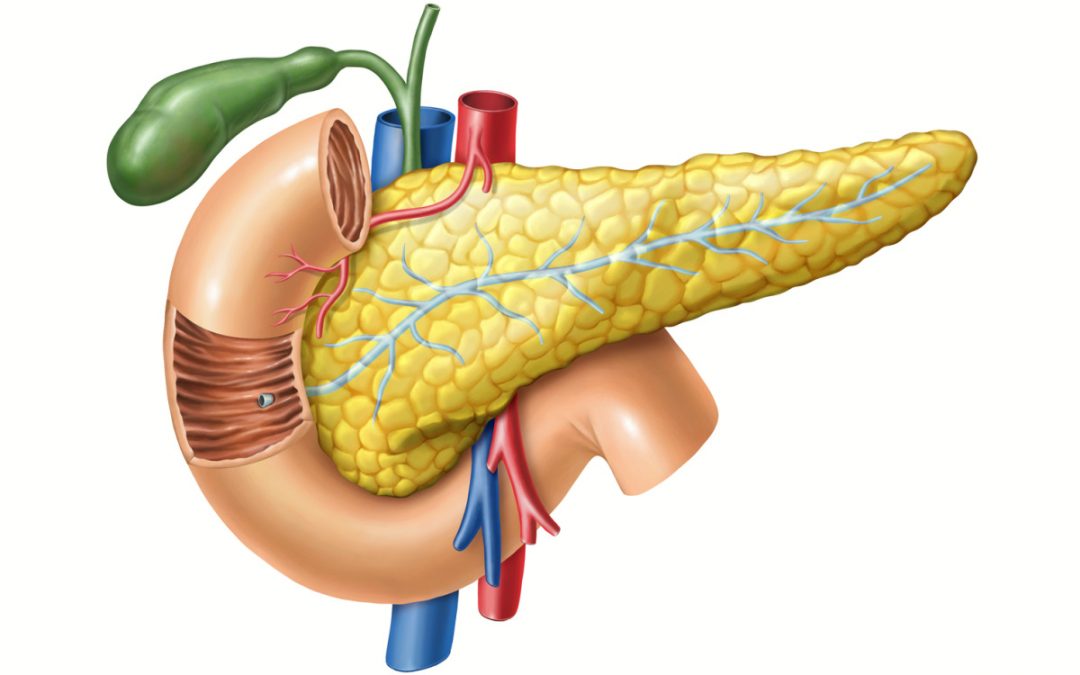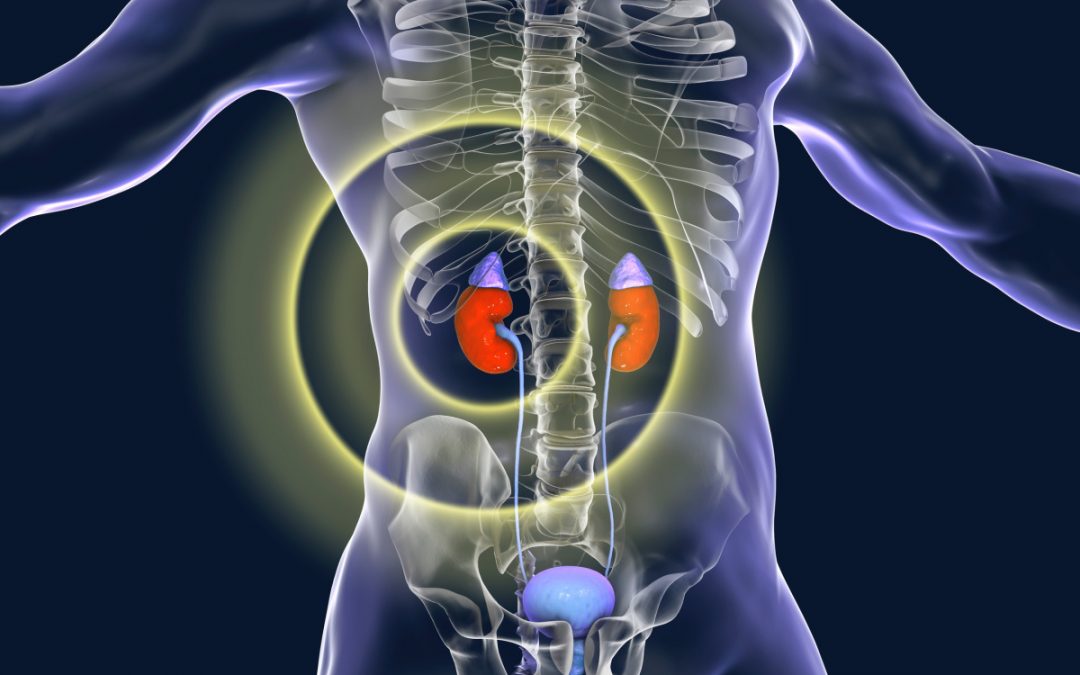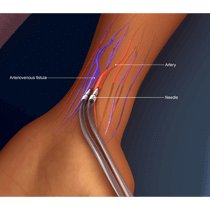Port-a-Cath in Scottsdale, AZ
WHAT IS A PORT-A-CATH?
A port-a-cath is a type of vascular catheter commonly referred to as a central venous catheter (CVC) or central venous access device (CVAD). These devices are implanted underneath the skin within a large vein typically located in the chest or arm. Port-a-caths are used as a way to consistently administer drugs, such as chemotherapy treatments, blood, or nutrients directly to the bloodstream without having to puncture the skin every time. The port-a-cath is composed of the port area, which is a self-sealing, silicone entry point that allows a needle to repeatedly puncture it hundreds of times. The catheter portion of the device consists of a long tube that connects to the port and allows the injected fluids to travel into the bloodstream. At Arizona Premier Surgery, our surgeons can carefully place the port-a-cath into the vein with guidance from an ultrasound to ensure accurate placement.
REVIEWS
“Dr Eads very professional. Nice friendly & helpful staff.”
– C.B. / Google / Jul 21, 2021
WHY DO I NEED A PORT-A-CATH?
Chemotherapy Treatment
A port-a-cath insertion allows constant and safer chemotherapy treatments to be administered without the patient needing a new IV to be inserted each time. This also prevents damaging substances from leaking and causing external damage the skin. This is the most common usage for port-a-caths and many cancer patients receive them as their primary method of receiving chemotherapy treatment.
Blood Transfusions or Dialysis
Patients who require continual or frequent blood transfusions or dialysis treatments (blood removal) benefit from vascular catheters because it allows them constant access and for transfusions or waste removal to be performed at home or outside the hospital.
Nutritional Support
CVCs are also frequently used to allow constant access to alternative nutrition for patients who have trouble with solid food intake or their body is unable to produce some of its necessary nutrients.
WHAT HAPPENS DURING PORT-A-CATH PROCEDURES
Vascular access procedures are one of the operations performed by our team of highly-skilled surgeons at Arizona Premier Surgery. The process of implanting a port-a-cath will begin with the patient receiving general or local anesthesia. Guided by a sonogram, the vascular surgeon will then insert the port-a-cath into a large, central vein located in the arm, leg, or chest that has direct access to the heart. Typically, the right jugular vein is an ideal placement point for central venous catheters. After the insertion is successful, the patient will need little recovery time, as this procedure is usually performed as an outpatient operation.
WHAT TO EXPECT AFTER YOUR PORT-A-CATH
General or local anesthesia will be administered during the procedure which usually lasts between 30 minutes and 1 hour. It is considered an outpatient operation, so recovery time will last for 1-2 hours before the patient is cleared for release from the hospital. Minor discomfort or soreness around the surgical site is normal for a few days, but patients should be able to resume their normal activities within a week after the operation. Patients can schedule a follow-up appointment if they have any further concerns or questions.
SAFE AND EFFICIENT TREATMENTS
If you have a condition that merits a central venous catheter, our surgeons encourage you to call or visit Arizona Premier Surgery to find out how you can obtain a port-a-cath and benefit from a more streamlined and efficient method of treatment to meet your health needs.

Comparing and Contrasting Pancreas Surgery Technologies
Getting the news that you need a procedure can be frightening, particularly when it is pancreas surgery. The good news is that we can break it down for you so that you understand your options. Learn more about recovery times, success rates, and what reduces recurrence rates.

How To Minimize and Reduce Skin Cancer Scars
While skin cancer is usually treatable if caught early, removing it can leave a scar. Most scars will fade on their own and be scarcely noticeable, and there are things you can do to further minimize their appearance. Medical treatments can also help.

Do You Need Your Pancreas To Live: Understanding the Organs Purpose and Necessity
Do you need your pancreas to live? Several decades ago the answer would’ve been an unequivocal yes. However, today, with medications and supplements, it is possible to live and thrive without the organ.

What Is a Subtotal Colectomy?
What is a subtotal colectomy? This type of surgery can treat a variety of gastrointestinal issues, from cancer and bleeding to chronic pain and irritation. The surgeon removes the affected portions of the colon, creating a new pathway at the end of the digestive tract.

Adrenal Gland Tumor Symptoms: Warning Signs To Recognize
Learn common adrenal gland tumor symptoms to watch out for and next steps to take for diagnosis and treatment.

Understanding Different Types of Liver Surgery and When They Are Needed
Liver surgery can seem overwhelming and confusing, but it doesn’t have to be. We’ve compiled a guide to help answer your questions about liver surgery and the recovery process.

Pancreatic Cancer Surgery: Process, Risks and Recovery
Do you have questions about pancreatic cancer surgery? Patients with a recent diagnosis of pancreatic cancer should understand the available treatments and what will work based on the stage and location of their cancer. We can help you take the first step with this guide.

Cancer Awareness
October is Breast Cancer Awareness Month and Arizona Premier Surgery wants to remind you to do your monthly self-breast examinations. Cancer can be a very scary diagnosis and it helps to have access to the latest technology, research, and clinical trials. At Arizona...


